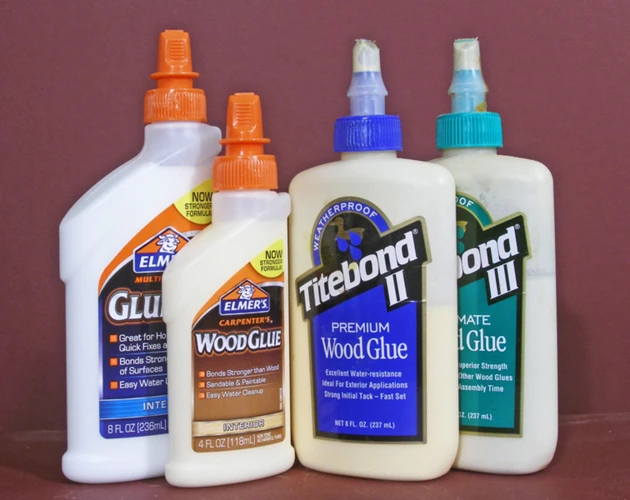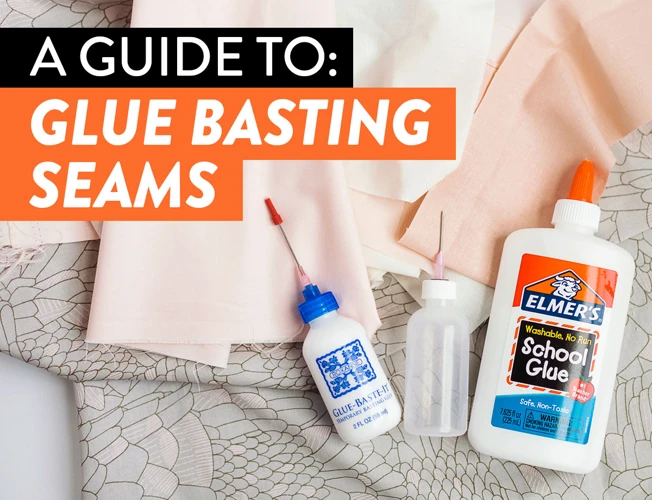In the era of smartphones, a cracked screen can feel like the end of the world. But for the tech-savvy and the thrifty, DIY screen repair is a skill worth having. With the right approach, fixing a phone screen at home is both achievable and rewarding. This post will guide you through the process of using UV LOCA (Liquid Optical Clear Adhesive) to restore your device’s display to its former glory.
Understanding the Role of UV LOCA Glue in Smartphone Screen Repair
UV LOCA glue is a transparent adhesive that is used in the smartphone screen repair process. It plays a crucial role in bonding the glass to the digitizer and LCD, providing a clear path for light and touch commands. Its use is preferred due to its strong bonding properties and ability to improve the display’s clarity and sensitivity.
Preparation for Repairing a Cracked Screen with LOCA
Before diving into the actual repair, it’s essential to set the stage for a successful UV LOCA glue application. Proper preparation will ensure the process goes smoothly and reduces the risk of further damage.
Gathering the Necessary Tools and Materials
- UV LOCA glue
- New glass for your phone model
- UV light for curing
- Plastic razor blades or a playing card
- Microfiber cloths
- Isopropyl alcohol
- Gloves and safety glasses
- Tape (optional)
Ensuring a Clean and Dust-Free Workspace
Locate a well-lit area with minimal air current to avoid dust settling on the screen during the repair. Clean the workspace thoroughly and have all your tools and materials within reach to maintain an organized environment.
Step-by-Step LOCA Adhesive Guide
With your workspace set, tools at hand, and a clear understanding of the task ahead, it’s time to embark on the actual screen repair process. Follow this detailed LOCA adhesive guide to navigate through each step effectively.
Step 1: Cleaning the Cracked Screen
The first step in any mobile screen refurbishment is to clean the cracked screen meticulously. Use microfiber cloths and isopropyl alcohol to remove any dust, oil, or glass shards. This ensures a perfect bonding surface for the UV LOCA glue.
Step 2: Applying UV LOCA Glue on the Screen
Apply a moderate amount of UV LOCA glue onto the center of the screen. Be cautious not to overdo it, as excess glue can seep into unwanted areas. If your phone has a curved edge, take extra care to distribute the adhesive evenly to prevent air bubbles.
Step 3: Positioning the New Glass
Carefully align the new glass onto the screen. Start from one end and gently lay it down to the other to avoid trapping air bubbles. Once in place, lightly press down on the glass to help the UV LOCA glue spread evenly.
Step 4: The LOCA Glue Curing Process
The LOCA glue curing process is critical. Expose the glued screen to UV light for the recommended duration, usually around 5-10 minutes, to harden the adhesive. This step solidifies the bond and ensures the durability of the repair.
Step 5: Removing Excess Adhesive and Final Touches
After curing, inspect the edges for any excess UV LOCA glue. Carefully remove it with plastic razor blades or a playing card. Clean the screen again with a microfiber cloth to ensure a pristine finish.
Finishing Touches and Maintenance
The hard part is over, but there are a few more steps to ensure your touchscreen repair with LOCA glue is nothing short of perfect.
Ensuring the Touchscreen Repair with LOCA Glue is Flawless
Test the touchscreen functionality in various areas of the screen. Check for any dead spots or unresponsiveness. If everything works well, you’ve successfully completed the repair.
Aftercare Tips for Mobile Screen Refurbishment
- Avoid exposing the phone to extreme temperatures immediately after the repair.
- Consider applying a screen protector to safeguard against future damage.
- Keep your phone clean and free of debris to maintain the integrity of the repair.
Conclusion: Enjoying Your Newly Repaired Phone Screen
Your dedication and careful following of this liquid optical clear adhesive tutorial have paid off. You now have a smartphone that looks as good as new, without the cost of a professional repair service. Enjoy the satisfaction of having repaired your cracked screen with LOCA by yourself.
Troubleshooting Common Issues During the LOCA Glue Application
If you encounter issues like air bubbles or poor adhesion, don’t panic. Reheat the area with a hairdryer on a low setting and gently press out the bubbles. If the glass doesn’t stick, you may need to add a bit more UV LOCA glue and re-cure.
If you’re a DIY enthusiast looking to repair a cracked screen, you might be considering using UV LOCA glue for the job. While we don’t have an article specifically about How To Use UV LOCA Glue On Cracked Screen, we do have resources that cover similar topics. For paper crafts and projects, learn the ins and outs of adhesive application in our guide on how to use PVA glue on paper. For those interested in nail art or quick fixes, our tutorial on how to use UV nail glue can be quite enlightening. And if you’re dealing with plumbing repairs, be sure to check out our advice about what glue to use on PEX pipe. While these articles might cover different types of glues and applications, the underlying principles of careful preparation and application may still be relevant to your screen repair project.
Advantages of Fixing a Phone Screen at Home
By undertaking a DIY screen repair, you save money, gain new skills, and reduce waste by extending the life of your device. With patience and precision, you can achieve professional results with the comfort of doing it in your own space.
Remember, practice makes perfect. So the next time misfortune strikes with a cracked screen, you’ll be more than ready to tackle the challenge head-on!

